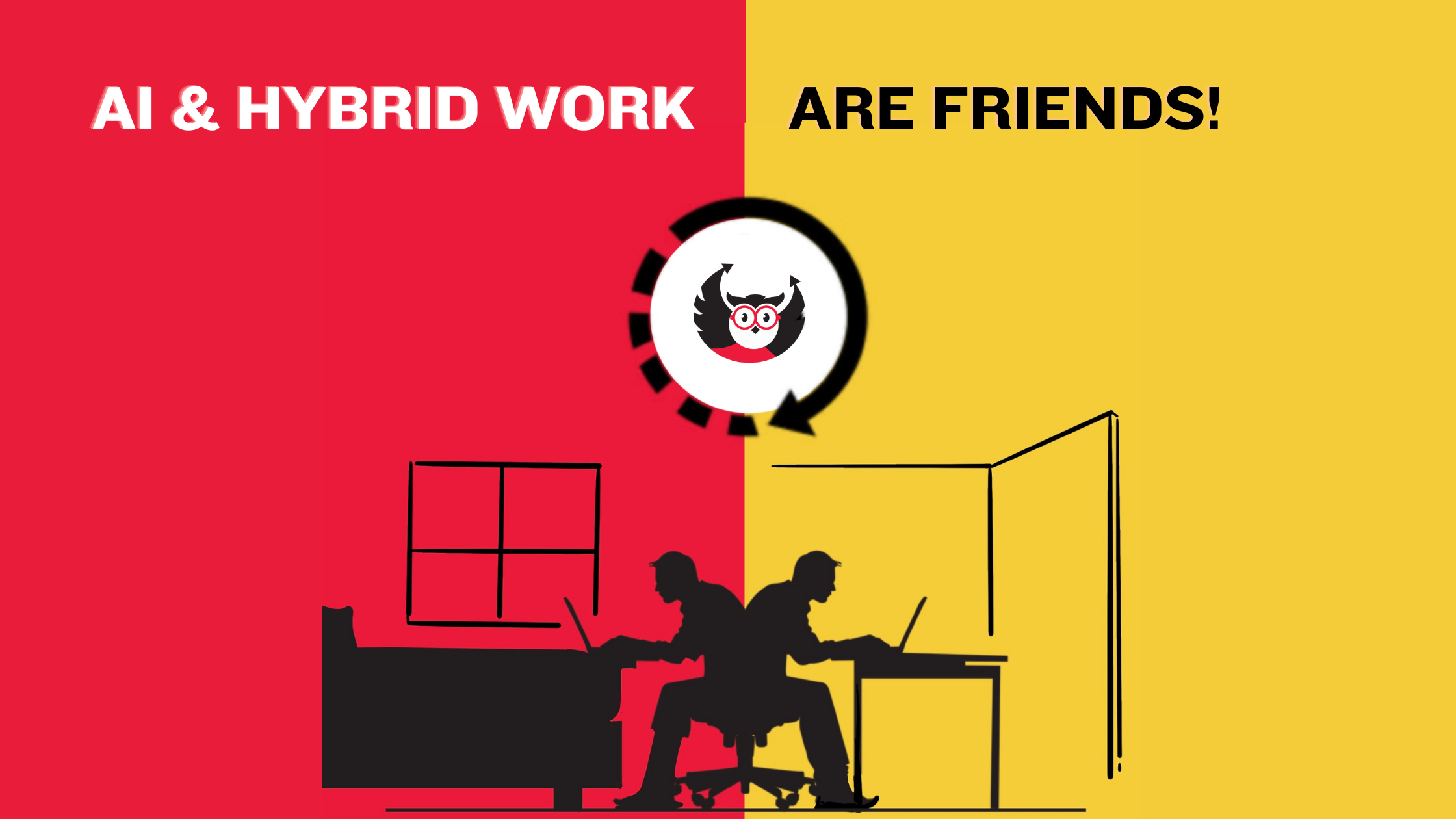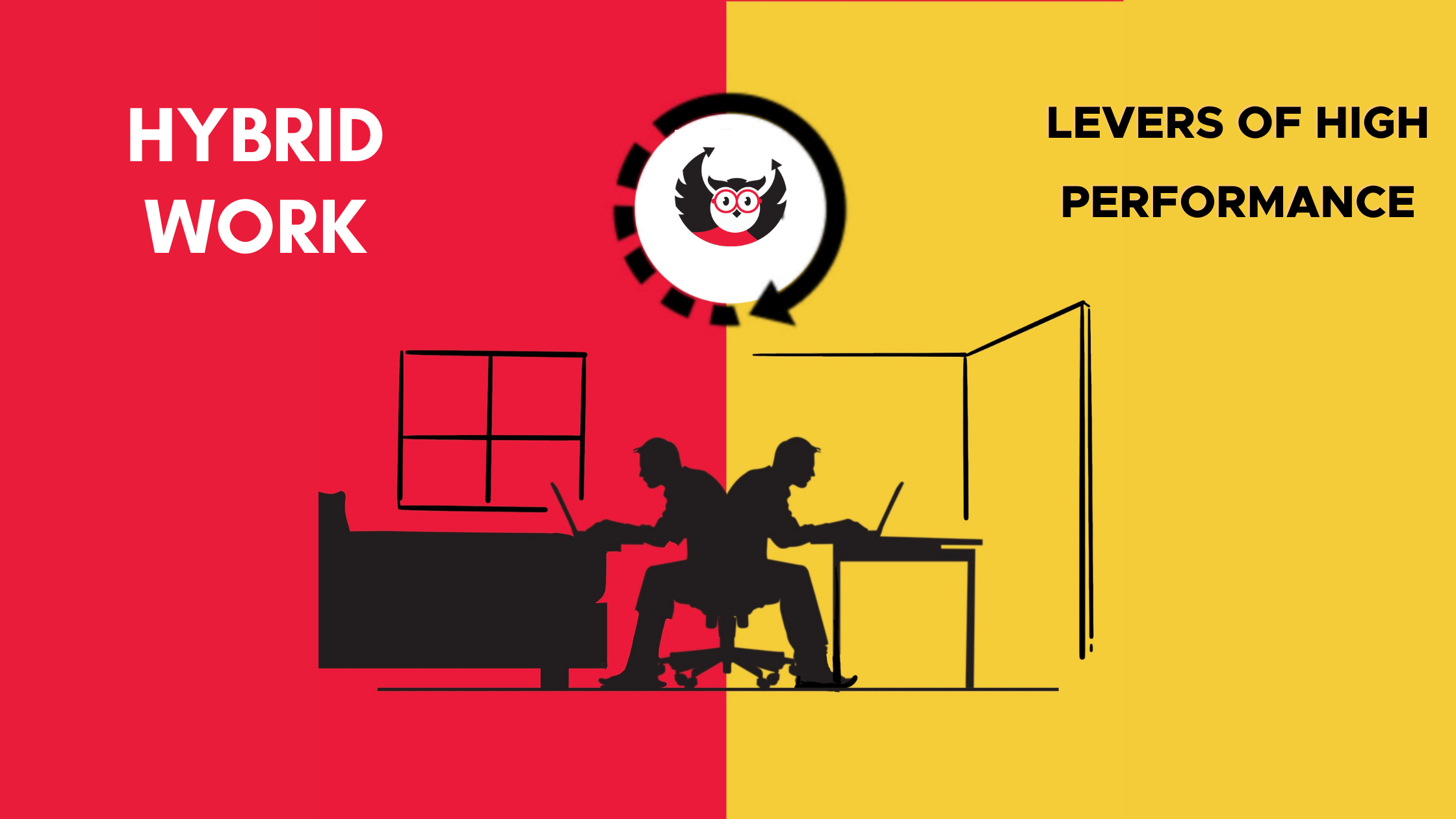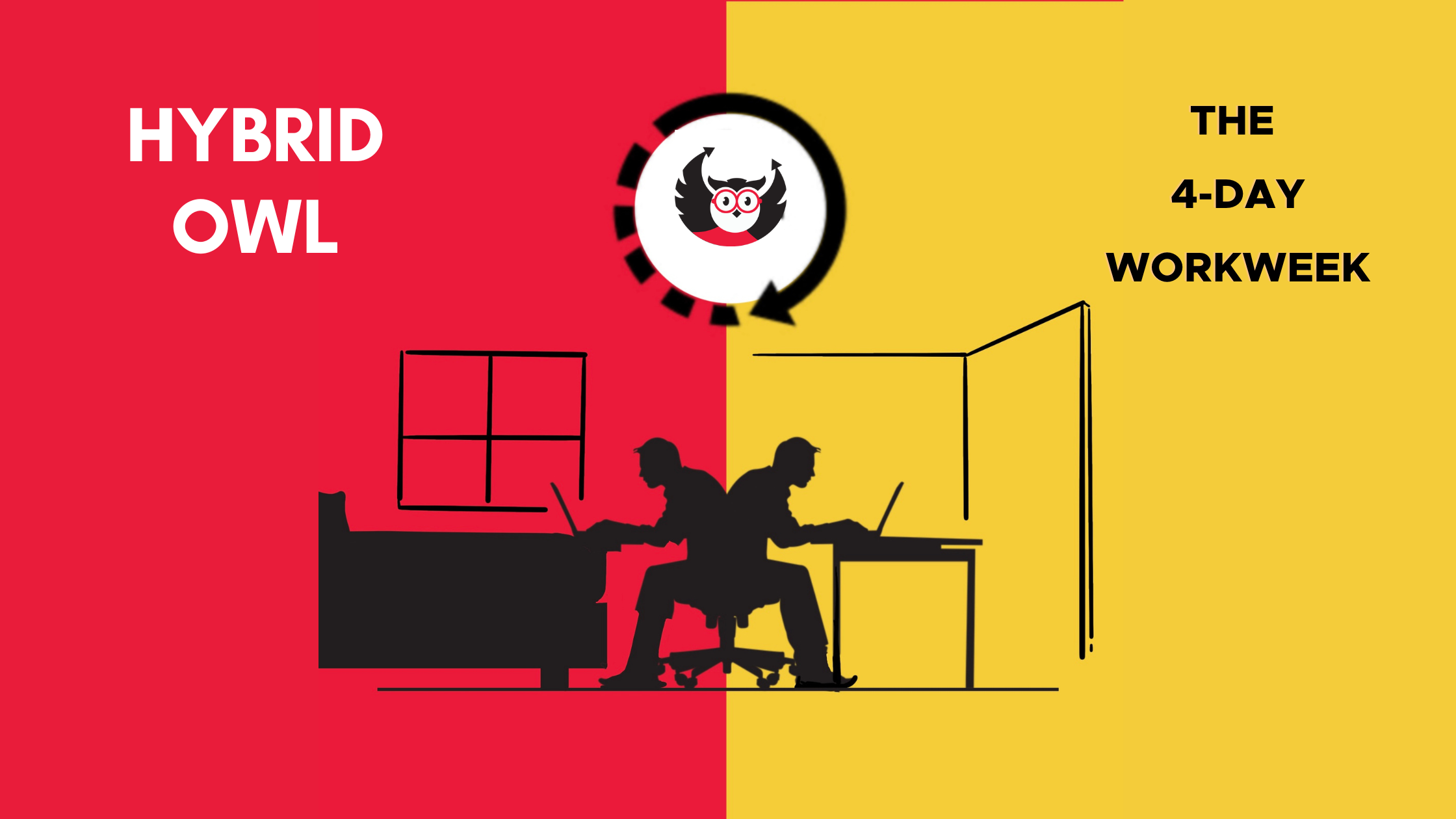A television journalist confronted me on a talk show recently. You are saying hybrid and remote work will increase, but the real estate prices & demand has not dropped! How is it possible? she wondered. My answer then and now remains that working from home or office are not binary choices. They are not an either-or option. Companies will have to get better at managing employees both working from home and office and they can do that by re-designing work for Hybrid.
Look at what data is saying – A PWC report showed that only about 10% -12% of the office space has to be removed or re-purposed. Office spaces and leases are still sought and continued. At the same time, another report by Economic Times shows that demand for larger houses with dedicated workspaces has increased 71% YoY. Employees are expecting to spend a significant time working from home. They need the amenities and space!! So both ends of the spectrum in real estate are seeing an increased demand!
Hence it becomes imperative for business leaders to think about how best can work be delivered in this hybrid scenario. Here are a few ideas to consider:
Satya Nadella, the CEO of Microsoft offers a useful framework for business leaders to think about redesigning work for hybrid. It is a simple and powerful grid. – –
- On the X axis is location. At one end is the office the other end is home/remote/or anywhere.
- On the Y axis is time. One end is synchronous work. What part of the work is best done when all of us are together at the same time. The other end is asynchronous work. What tasks are best done by each of us in our own time.

If companies are to create a competitive advantage they will need to get work done effectively in all four quadrants.
Satya Nadella.
So what should companies do??
Here are three start points for companies and leaders to redesign their workflows for hybrid.
1) First step: Take a hard look at the current workflow. List down into the tasks involved, handovers between people, high impact touch points, areas of friction if any.
2) Second, map and bucket these tasks and interactions on the grid above. The important thing when you do so is to bucket them from the lens of possibility and not what it is currently or what has worked in the past.
3) Choose a small experiment to get started. Reflect on the results of the experiment and build on the learnings. Our recommendation is not to change the entire work-flow in one swoop. But to start small and scale it through experiments and reflection.
We hope this was useful. Stay tuned for more on the Hybrid OWL.




January 6, 2023, 6:18 pm
February 7, 2023, 4:22 pm